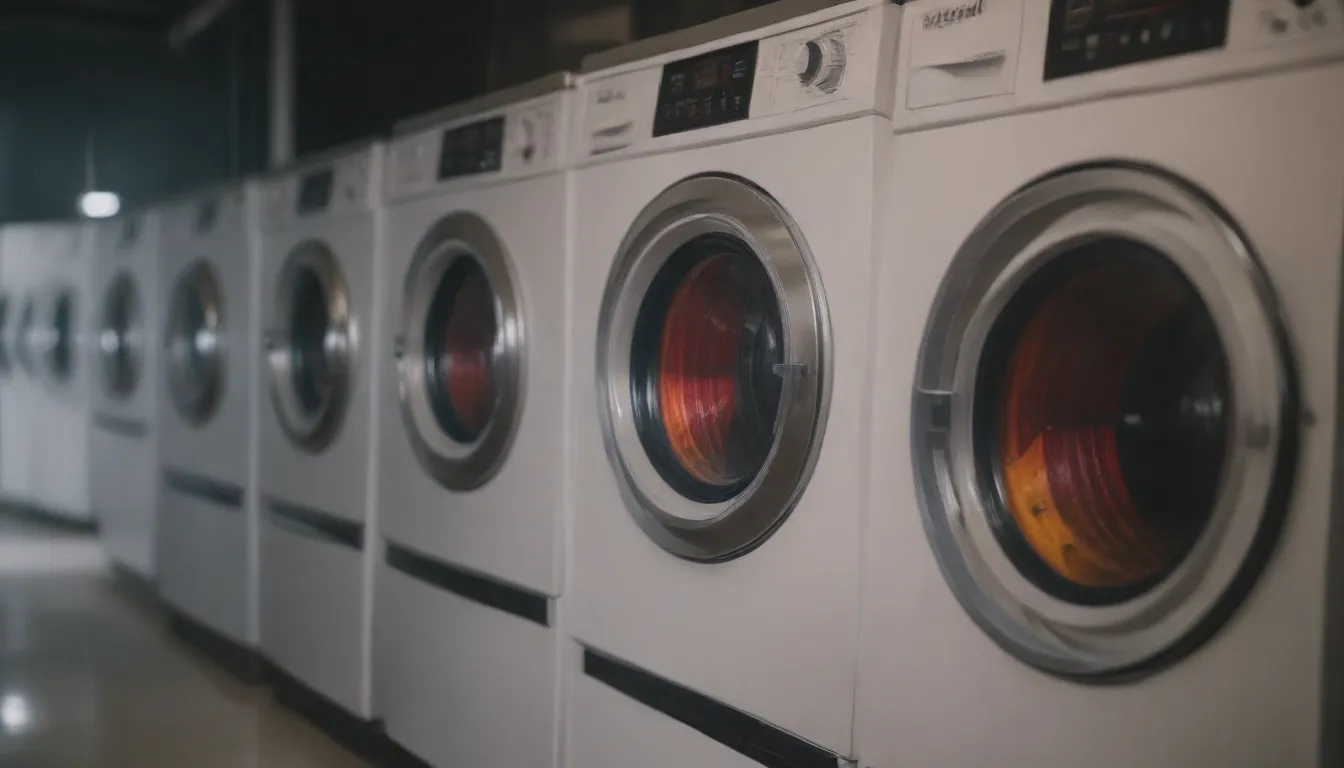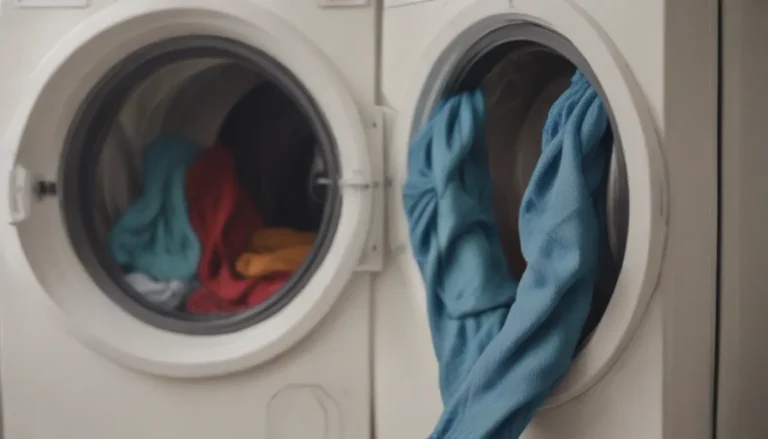Ultimate Guide to Washing Machine Temperatures (for All Brands)

If you’ve ever wondered if the water temperature in your washing machine really matters, the answer is a resounding yes! While many detergents are now designed to work effectively in cold water, there are still times when higher temperatures are necessary to tackle tough stains and heavy soil. Understanding the temperature settings on your washing machine can help you achieve the best results when doing your laundry.
Why Water Temperature Matters in Washing Machines
When it comes to washing your clothes, knowing when to use hot, warm, or cold water can make a significant difference in the outcome. Here’s a breakdown of the typical temperature ranges found on most washing machines:
- Hot Water: Usually set around 130°F, hot water is ideal for linens, white cotton clothing, and heavily soiled items that need a deep clean.
- Warm Water: Ranging from 90°F to 110°F, warm water is suitable for most fabrics and provides a balance between cleaning power and color protection.
- Cold Water: With temperatures between 60°F and 80°F, cold water is perfect for delicate items, dark or brightly colored clothing, and energy-efficient washing.
Washing Machine Temperature Guide by Fabric Types
Different fabrics require different water temperatures to ensure proper cleaning and care. Here’s a fabric-specific guide to help you choose the right temperature setting:
- When to Use Hot Water:
- Recommended for linens, white cotton clothing, and sickbed linens.
- Effective at removing dirt and bacteria, but may cause shrinking, wrinkling, and fading in some fabrics.
-
Always check the care label before using hot water to avoid damaging delicate fabrics or setting stains permanently.
-
When to Use Warm Water:
- Ideal for man-made fabrics like nylon, polyester, spandex, rayon, denim jeans, and clothing labeled as permanent press.
-
Provides good cleaning without as much fading or shrinking as hot water, while offering energy savings.
-
When to Use Cold Water:
- Best for delicate fabrics and items with cold water washing instructions.
- Suitable for dark or brightly colored clothing prone to running or fading at higher temperatures.
- For heavily soiled items, consider pretreating stains before washing with cold water for better results.
Tip:
Washing your laundry in cold water not only helps protect the environment by using less energy but also preserves the longevity of your clothes.
Temperature and Care Tips for Washing Clothes
To ensure your clothes are washed properly without damage, consider the following tips:
- Check the Care Label: Most clothing items come with care labels that provide specific washing instructions, including water temperature and washing cycle recommendations. Always follow these guidelines, especially for new or delicate items.
- Know Your Fabric Type: Understanding the properties of different fabric types can help you choose the right water temperature for washing. Delicate fabrics, athletic wear, and vivid colors are best washed in cold water, while synthetic fabrics like polyester and nylon do well in warm water.
- Sort the Laundry: Before washing, sort your laundry by color, fabric type, and level of soil to achieve better results. Washing similar types of fabric together helps control lint, remove soil, and prevent color transfer.
- Pretreat Stains: Taking the time to pretreat stains before washing can significantly improve the cleanliness of your laundry. Refer to a stain removal guide for recommendations on the best products for specific stains.
- Consider a Cold Water Soak: If the care label is missing or unclear, a cold water soak can be a safe option to prevent fabric damage. Patience is key, as tougher stains may require longer soaking times for effective removal.
- Check the Washer’s Water Temperature: Verify the accuracy of your washing machine’s water temperature settings by testing them with a thermometer. Correct temperature settings are essential for optimal cleaning results.
Tip:
Some washing machines allow you to choose a water temperature for the rinse cycle. Opting for a cold rinse can save energy costs and safely rinse all fabric types without affecting stain removal.
Remember, the wash cycle and water temperature settings are separate on most washers. Be sure to adjust both settings based on the fabric type, soil level, and laundry load each time you do a wash. For lightly soiled clothing, cold water with an enzyme-based detergent is suitable for colors and natural and synthetic fabrics. However, heavily soiled items like bed sheets may require warmer water temperatures for thorough cleaning.
By following these tips and guidelines based on fabric types, water temperatures, and care labels, you can effectively wash your clothes without compromising their quality. Take the guesswork out of laundry day by understanding the importance of washing machine temperatures and the impact they have on your garments.





